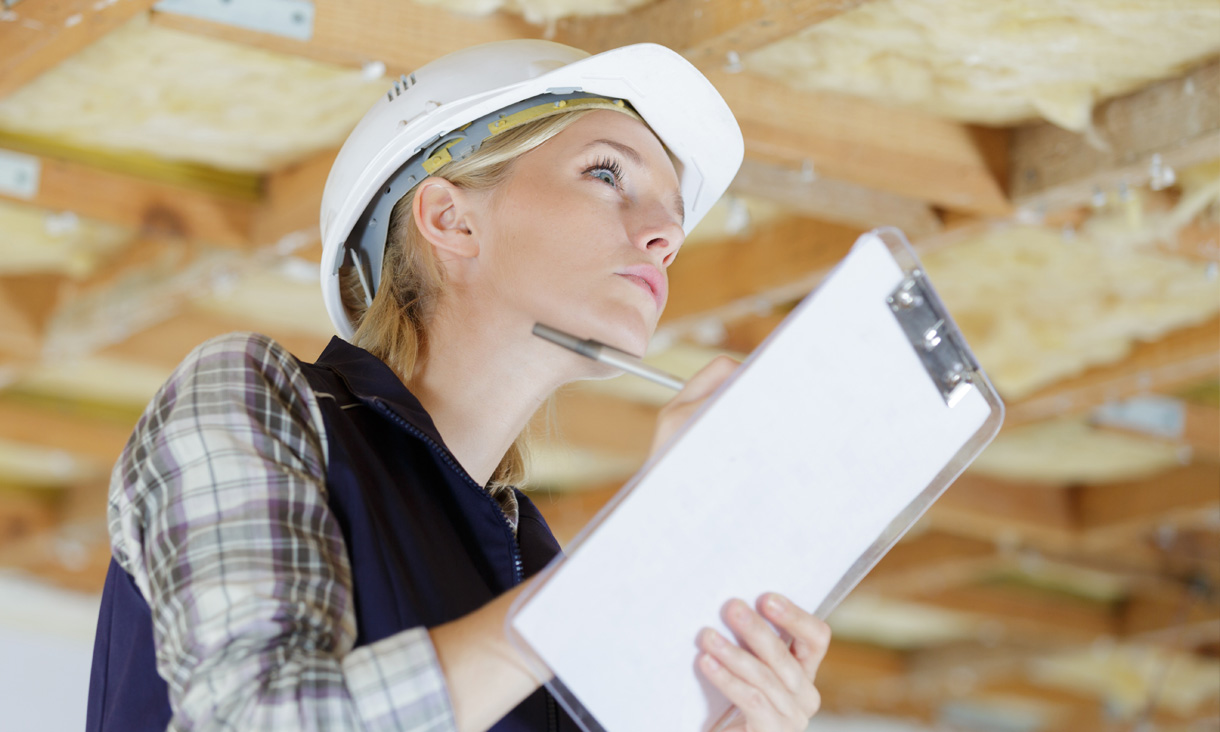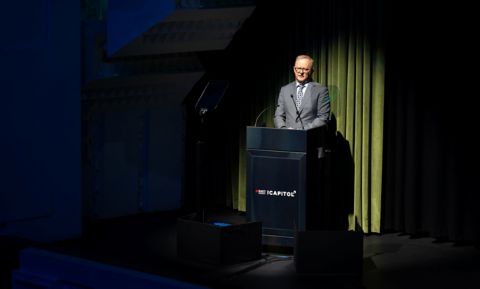The impact of early life events on lifelong health
RMIT researchers are investigating the earliest moments of life and their role in the development of neurodevelopmental disorders.
RMIT student wins Best in Category at Victorian Premier’s Design Awards
A sustainable furniture system digital fabrication techniques and repurposed furniture waste has won Best in Category for Student Design at the Victorian Premier’s Design Awards alongside over twenty RMIT-affiliated projects recognised at this year’s awards.
Stronger leadership and collaboration critical to elevate the tertiary education sector
RMIT University Professor of Practice, Workforce Skills and Innovation Brendan O’Connor has called for stronger leadership and collaboration to elevate the tertiary education sector, in an opinion piece published by The Australian newspaper.
RMIT University welcomes Prime Minister Albanese for 2025 APEC Study Centre Lecture
RMIT University yesterday hosted the Honourable Anthony Albanese MP, Prime Minister of Australia, for the Annual Australian APEC Study Centre (AASC) Lecture at the historic Capitol Theatre.









